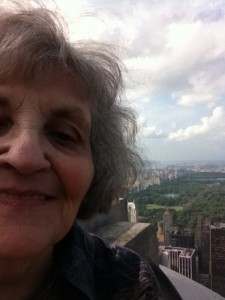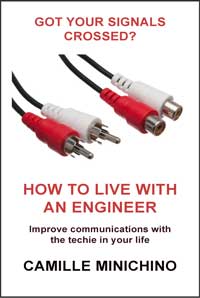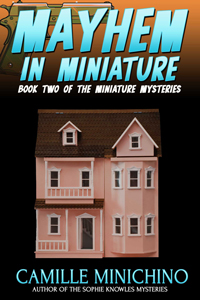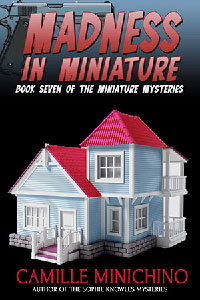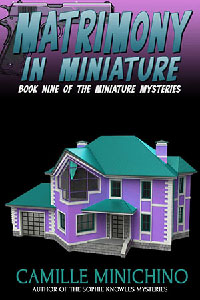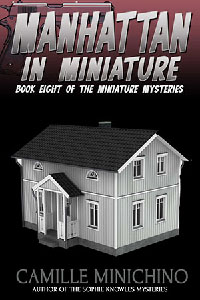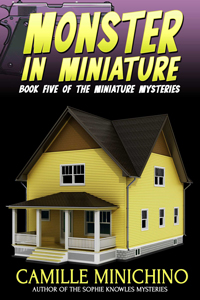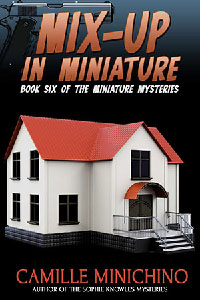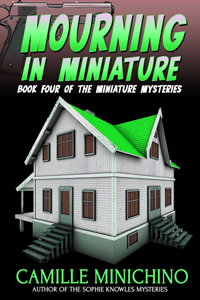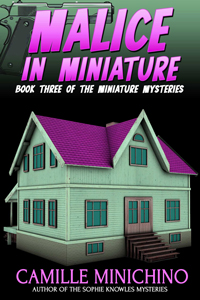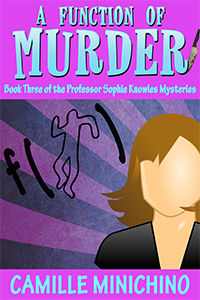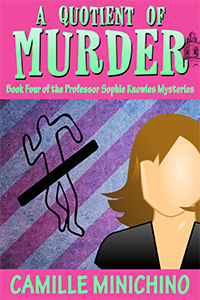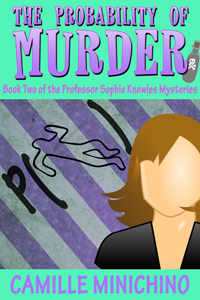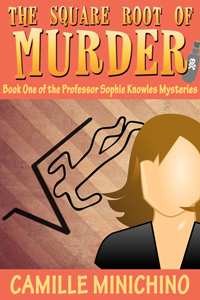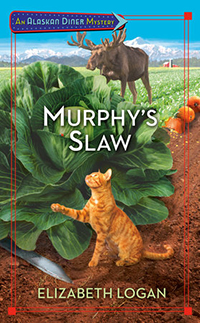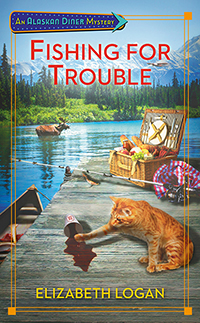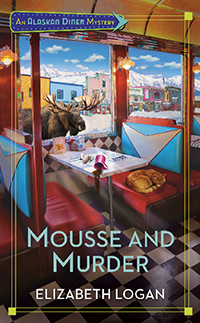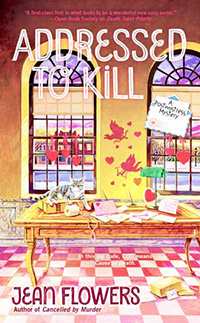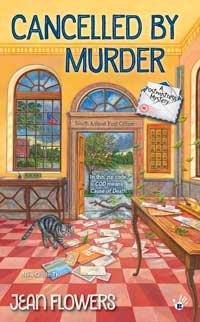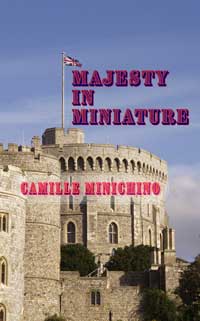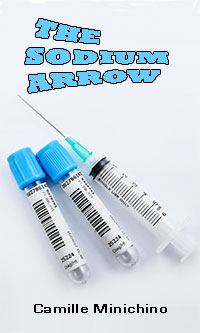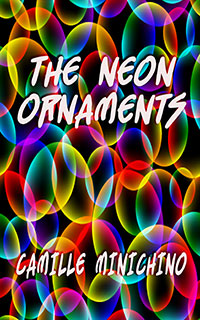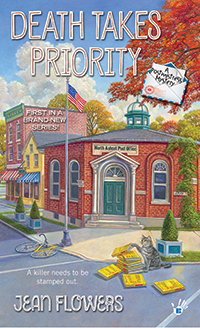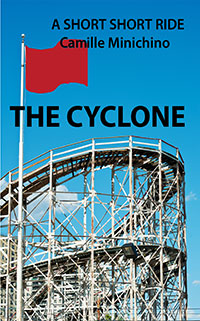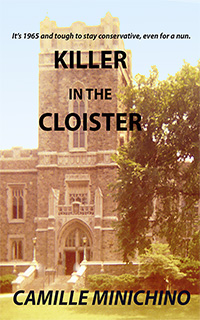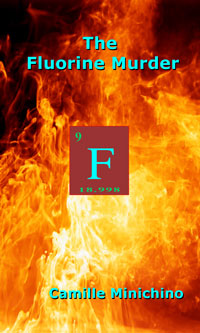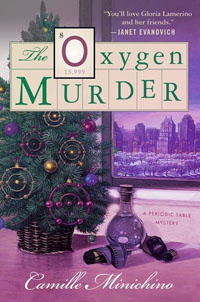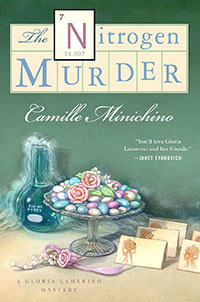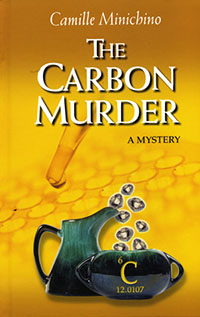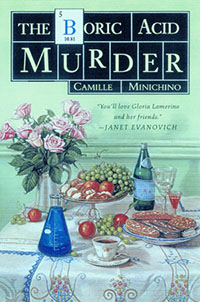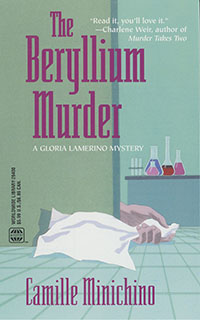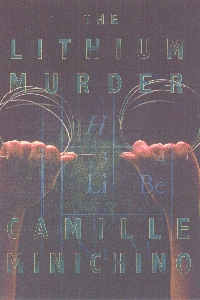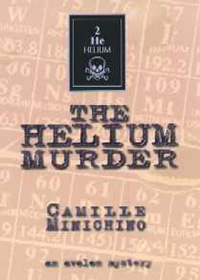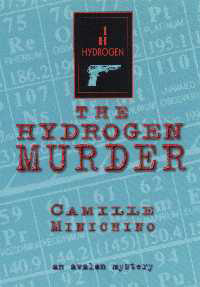Diana Orgain, the very talented author of the Maternal Instincts Mystery Series and many other stories, asked me to participate in a BLOG HOP (which is the only kind of hopping you’ll see me do these days!) The blogs are devoted to how writers go through their process of writing. I hope you enjoy our hop, and will tune in to the writers featured at the end of this blog.
Meanwhile, here are my responses to the Blog Hop questions.
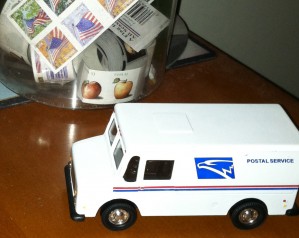
What am I working on/writing? I’m working on a new series for Berkley Prime Crime: the Post Office Mysteries. I’ve been talking about it for a while, but it’s been official for only the last week! (As one of my author friends says, it’s official when the check clears!)
The first book in the series; Death Takes Priority will be released in August 2015. My protagonist, Postmaster Cassie Miller has already taught me a thing or two about the USPS. Did you know, for example:
• The Postal Service delivers to about one hundred fifty-two million addresses nationwide.
•Almost forty million changes of address are processed each year.
• The Postal Service has zero dependence on tax dollars, relying on the sale of products and services for its operating costs.
• There are nearly forty-two thousand zip codes in the country.
• Many famous people have spent time in the Postal Service: Presidents Abraham Lincoln and Harry S Truman; entertainers Rock Hudson, Bing Crosby, and Walt Disney; aviator Charles Lindbergh; and novelist William Faulkner. Also yours truly, and, no, not when it was pony express.
If you have any interesting/fun/horror post office stories, send them along to me!
How does my writing/work differ from others in its genre?
I try to make my characters a little quirky, but not too much. So, Sophie Knowles is obsessed with puzzles; Gerry Porter with dollhouses and her granddaughter; Gloria Lamerino with costume jewelry pins with a science motif; and Cassie Miller, the new girl on the scene, with all things postal. Not that she actually goes postal.
My mysteries are cozy, so no on-camera sex or violence, but also no crazy mothers-in-law with red wigs, and no groan-worthy puns. Not that there’s anything wrong with . . .
Why do I write what I do? I love puzzles, and cozy mysteries present the ultimate puzzle: the whodunit. But there’s more — writing a novel requires an intimate connection with the characters, and I find it hard to sustain that intensity with a really bad person! So, while I love reading Dexter-type books, I can’t write them. I do experiment with nasty protagonists through flash fiction and short stories.
How does my writing process work? Like Diana, I use every trick and procedure I can think of. When one isn’t working I move to the next. For the most part, I’m a pantser—writing by the seat of my pants. BUT at the end of every book, when I’m struggling with tying it all together, I vow to outline the next time. It hasn’t happened yet.
<><><>
Next week’s Blog Hop, Monday, June 30 – Meet three awesome writers who will answer the same questions. Rita Lakin, Andrew MacRae, and Ann Parker.
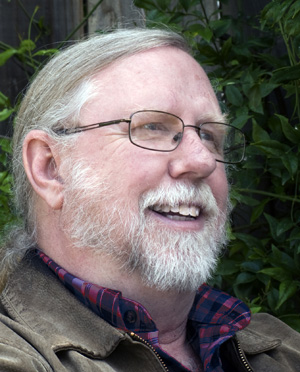
Andrew MacRae is a misplaced Midwesterner who rolled downhill to California and the Bay Area twenty-five years ago. Although his studies were in theater he has worked in the high tech field for most of his adult life, doing engineering work in such fields as real-time process control, operating systems, artificial intelligence and virtual reality. One of his projects in VR was the creation of the Virtual Globe Theatre, a model of Shakespeare’s theater as it stood in 1599.
On the writing side, he has had several mystery and crime stories published recently as well as slipstream, historical stories and children’s stories. For the past dozen years he has also had some success with poetry as well, placing poems in various literary journals and picking up occasional awards.
His mystery writing tends to alternate between cozy and noir. His novel, Murder Misdirected, on the light noir side, is about a pickpocket who picks the wrong pocket one day and is now on the run from the police, the FBI and a mysterious and murderous criminal. While not himself adept at pickpocketing, he is conversant in the techniques and skills employed by those who practice that art and references them in his novel.
In his spare time he leads a monthly folk music jam, hosts a monthly open mic, presents showings of classic movies, produces concerts and staged radio shows and serves on a city historic architecture review board.
Visit Andy at http://www.murdermisdirected.com
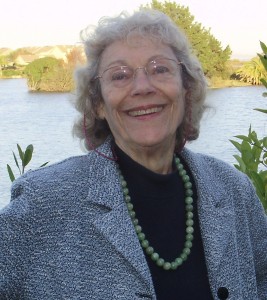
Rita Lakin spent twenty-five years in Television as a writer and a producer. Some of her credits include Dr. Kildare, Peyton Place, Mod Squad & Dynasty. She has just completed writing her memoir about those early years in Hollywood, entitled The Only Woman in the Room.
She has written seven comedy mystery novels about Gladdy Gold and her senior group of private eyes. She won Left Coast Crime LEFTY AWARD in 2009 for Getting Old is a Disaster. Her third Gladdy Gold book, Getting Old is Criminal is being produced as a TV movie in Germany.
Her many nominations and awards include Writers Guild of America, MWA Edgar, and the Avery Hopwood award from the University of Michigan.
Visit Rita at www.ritalakin.com
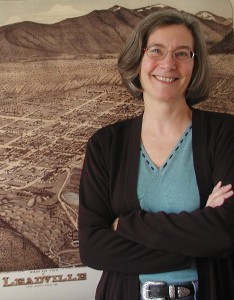
Ann Parker lives in the San Francisco Bay Area, and is a science/corporate writer by day and a crime fiction writer by night (sometimes vice versa).
Her award-winning, critically acclaimed Silver Rush historical series, featuring saloon-owner Inez Stannert, is set in 1880s Colorado, primarily in the silver boomtown of Leadville. Books in the series order include SILVER LIES … IRON TIES … LEADEN SKIES … and, most recently … MERCURY’S RISE.
Her series is published by Poisoned Pen Press, and the books are available in print (hardback and tradepaper), bits and bytes (i.e., ebook), and audiobook formats. Ann has a somewhat dusty personal blog at http://silverrushmysteries.blogspot.com/ (time to pull out the dust rag!) as well as being co-administrator and member blogger of The LadyKillers authors blog: http://theladykillers.typepad.com.
She can be also be found on Facebook at https://www.facebook.com/annparker.writer. Website: www.annparker.net.

 Filed Under :
Filed Under :  Oct.8,2015
Oct.8,2015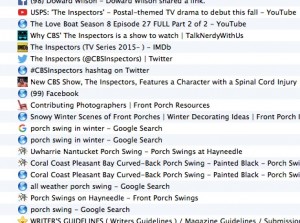


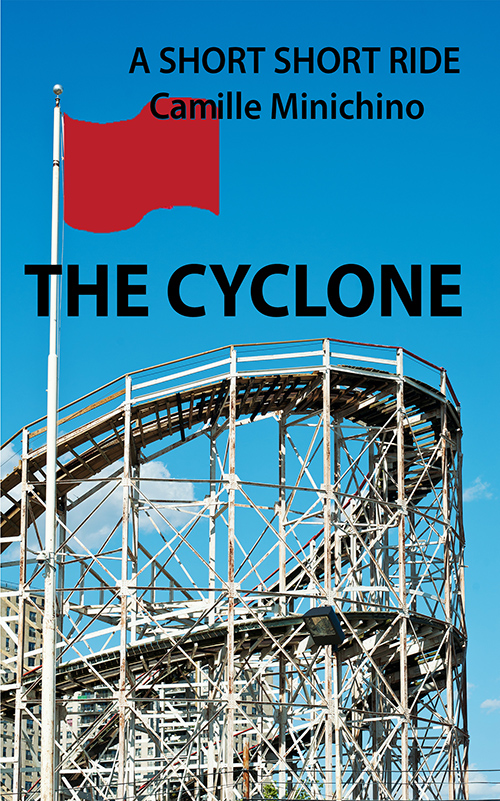


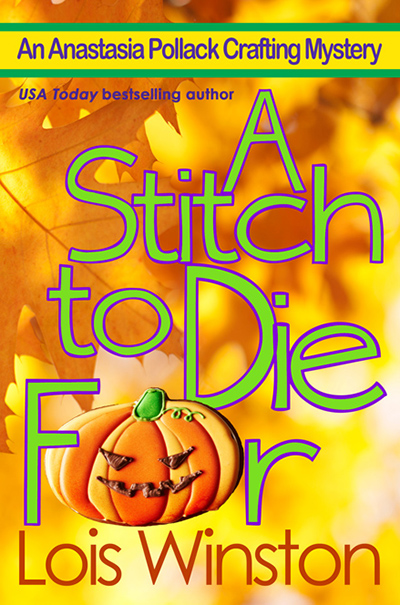
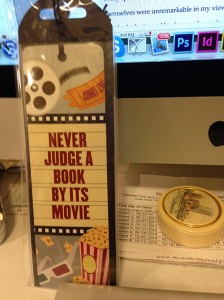
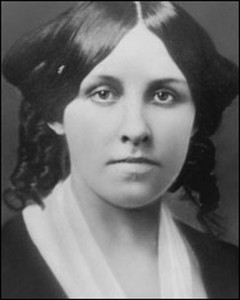

 Tags :
Tags : 

